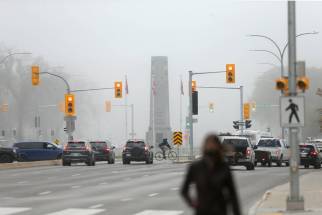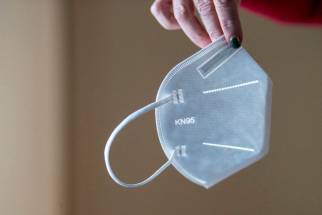Reopening hinges on downward trends, not modelling
Read this article for free:
or
Already have an account? Log in here »
To continue reading, please subscribe:
Monthly Digital Subscription
$0 for the first 4 weeks*
- Enjoy unlimited reading on winnipegfreepress.com
- Read the E-Edition, our digital replica newspaper
- Access News Break, our award-winning app
- Play interactive puzzles
*No charge for 4 weeks then price increases to the regular rate of $19.00 plus GST every four weeks. Offer available to new and qualified returning subscribers only. Cancel any time.
Monthly Digital Subscription
$4.75/week*
- Enjoy unlimited reading on winnipegfreepress.com
- Read the E-Edition, our digital replica newspaper
- Access News Break, our award-winning app
- Play interactive puzzles
*Billed as $19 plus GST every four weeks. Cancel any time.
To continue reading, please subscribe:
Add Free Press access to your Brandon Sun subscription for only an additional
$1 for the first 4 weeks*
*Your next subscription payment will increase by $1.00 and you will be charged $16.99 plus GST for four weeks. After four weeks, your payment will increase to $23.99 plus GST every four weeks.
Read unlimited articles for free today:
or
Already have an account? Log in here »
Hey there, time traveller!
This article was published 16/02/2022 (1394 days ago), so information in it may no longer be current.
Manitoba’s top doctor has acknowledged the province doesn’t have forward-looking scientific modelling to back up the decision to lift all COVID-19 restrictions by March 15.
The data Manitoba relied on to announce it would eliminate restrictions is based on current downward trends, not the anticipated effect of removing capacity limits and vaccine and mask mandates.
Chief provincial public health officer Dr. Brent Roussin indicated public-health officials have been able to see forecast models two to four weeks into the future, and they continue to see a downward trend.
“But we don’t have that model in place which will tell us exactly what it will look like in a month or two. From what we do have, we’re trending in that right direction, so we’re moving to lift the restrictions slowly,” Roussin said Wednesday.
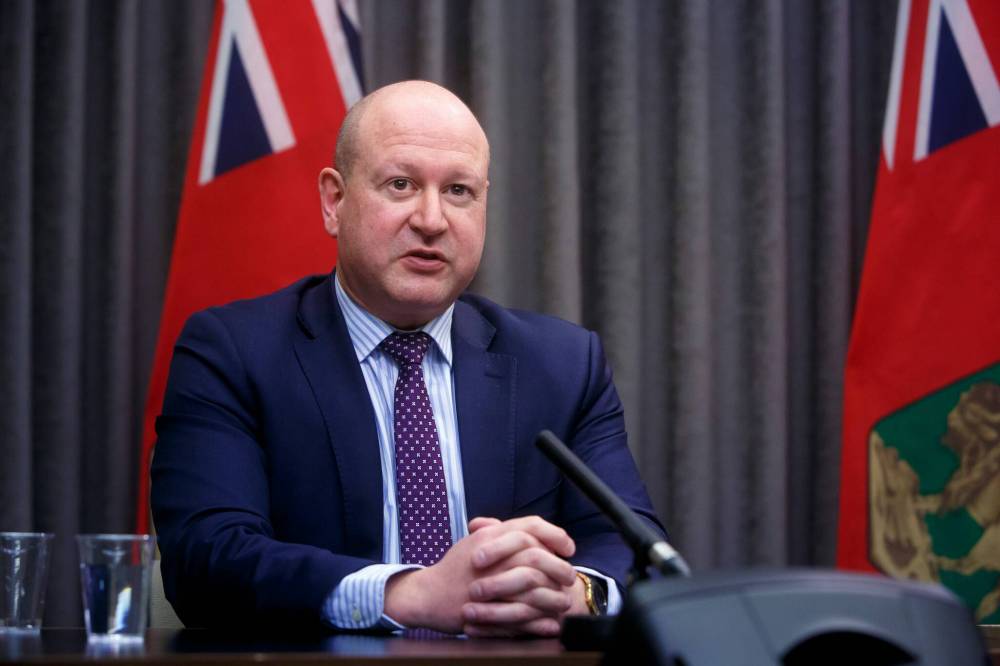
The province hasn’t released future projections. The supporting data the province did release late last week showed declining hospitalization rates, intensive-care admissions, COVID-19 case counts, and a reduced number of deaths caused by the virus. The real-time data didn’t include the province’s forecast of what’s expected to happen to COVID-19 transmission when all restrictions are lifted on March 15.
He said the farther into the future the models try to project, the less accurate they become.
“The models don’t give us a crystal ball as to what precisely we’re going to see, and that’s why we move in an incremental fashion.”
Roussin said the gradual lifting of restrictions is happening quicker than it has in the past because the incubation period for the Omicron variant is shorter compared with previous variants of the virus.
“The models don’t give us a crystal ball as to what precisely we’re going to see, and that’s why we move in an incremental fashion.” – Dr. Brent Roussin
“We’re still watching things, we’ll still be modelling, and we have a number of incubation periods in between the lifting of restrictions to base that modelling on, so as we see any significant changes, we’ll certainly share that with Manitobans.”
Public-health officials previously indicated they expected to see more transmission of the virus after restrictions are lifted. Deputy chief provincial public health officer Dr. Jazz Atwal said so on Feb. 9, two days before Roussin and Premier Heather Stefanson announced the accelerated provincial reopening plan. Atwal said he didn’t think there were good models to show the future impact on transmission.
In announcing the plan on Feb. 11, Stefanson talked about offering hope to people who have endured almost two years of limits to their everyday lives.
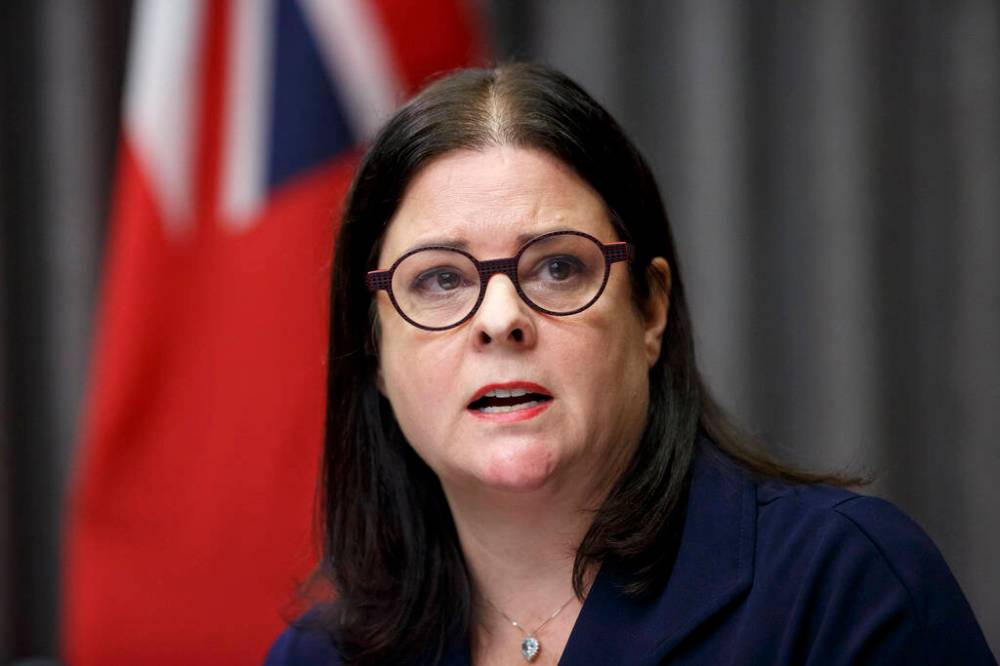
“The restrictions have placed many burdens on Manitobans, and now that we see the pressure of our hospital systems starting to ease, it’s our responsibility of government to ease those restrictions on Manitobans,” she said.
After the announcement, a Shared Health memo was sent to health-care staff, meant to reassure them about the transition away from public-health restrictions.
“We can expect to see some increase in transmission of the virus as restrictions ease and the Provincial COVID-19 Incident Command structure remains in place with plans to increase capacity, should it be required,” stated the letter, signed by Roussin and provincial COVID-19 incident commander David Matear.
Hospital patient volumes aren’t back to normal, and the organization that speaks for physicians in the province is urging Manitobans to be cautious after restrictions are lifted.
Hospital patient volumes aren’t back to normal, and the organization that speaks for physicians in the province is urging Manitobans to be cautious after restrictions are lifted.
“Doctors strongly recommend for all Manitobans to continue following public health COVID-19 guidance even if it is no longer reflected in a government restriction. We also strongly recommend all eligible Manitobans get vaccinated, including a booster shot,” Doctors Manitoba spokesman Keir Johnson wrote in an email.
In modelling released Feb. 1, the Ontario Science Table predicted a “rebound” in declining hospitalizations and ICU admissions, in addition to “prolonged” pressure on the hospital system, as a result of that province’s reopening.
In modelling released Feb. 1, the Ontario Science Table predicted a “rebound” in declining hospitalizations and ICU admissions, in addition to “prolonged” pressure on the hospital system, as a result of that province’s reopening.
Wab Kinew, leader of Manitoba’s NDP, said he wants to see future projections that take into account the absence of restrictions such as mask mandates and capacity limits.
“I would like to see the modelling about the impacts of lifting the public-health restrictions, because I think most of us, as reasonable people in Manitoba, would expect that it is going to have an impact, that we will see community spread increase in the wake of the lifting of those restrictions,” Kinew said.
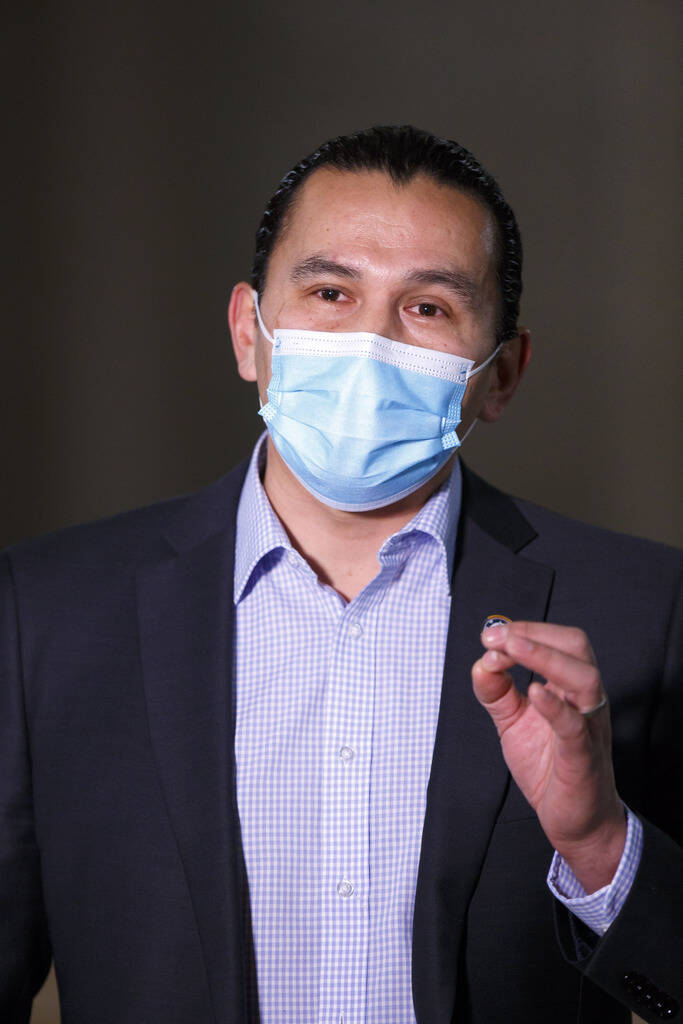
He said the fact the government hasn’t released forward-looking modelling “tells me — I think should tell everyone, really — that the decisions that are being made are not being made based on public health, they’re being made based on politics.”
According to the government’s pandemic online dashboard, 614 people with COVID-19 were in hospital Wednesday, including 38 in intensive care.
Roussin acknowledged the move from restrictions to recommendations will be “a tough transition for many people,” he said.
He noted some people may choose to continue to wear masks and some businesses may choose to require it after health orders are lifted. In indoor public places where distancing isn’t possible, people may want to consider wearing masks, he said.
— with files from Danielle Da Silva
katie.may@freepress.mb.ca
Public health restrictions memo

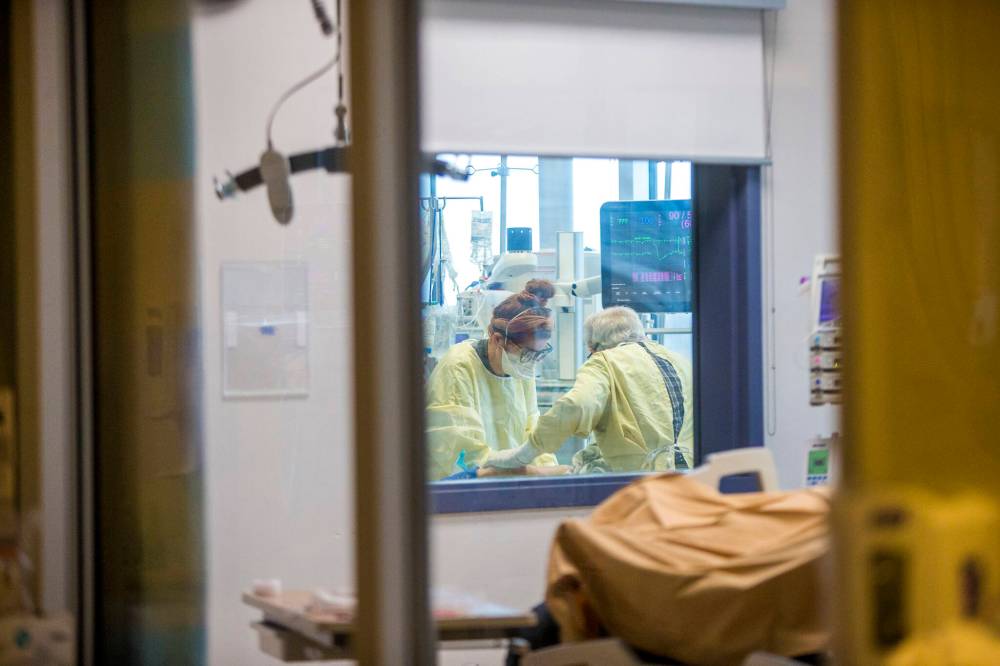


Katie May is a general-assignment reporter for the Free Press.
Our newsroom depends on a growing audience of readers to power our journalism. If you are not a paid reader, please consider becoming a subscriber.
Our newsroom depends on its audience of readers to power our journalism. Thank you for your support.



